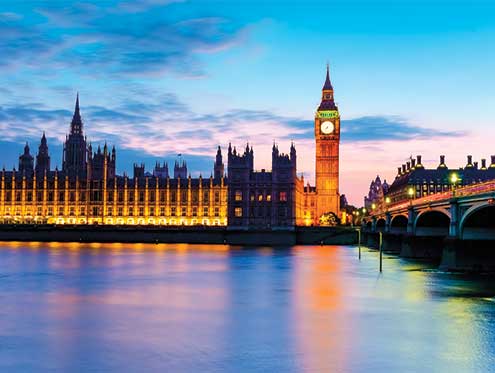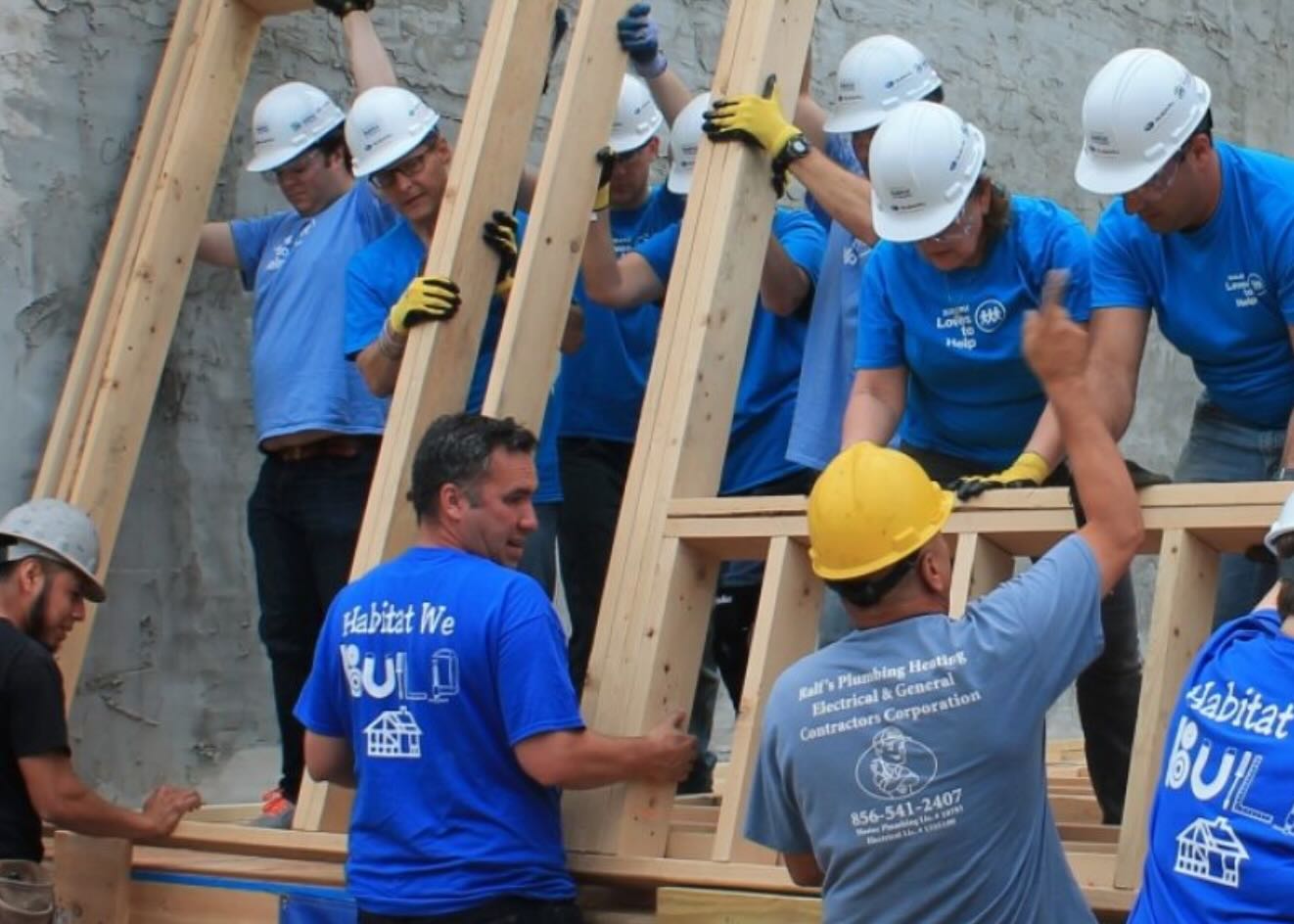The first native New Yorkers were the Lenape, an Algonquin people who hunted, fished and farmed in the area between the Delaware and Hudson rivers. Europeans began to explore the region at the beginning of the 16th century–among the first was Giovanni da Verrazzano, an Italian who sailed up and down the Atlantic coast in search of a route to Asia–but none settled there until 1624. That year, the Dutch West India Company sent some 30 families to live and work in a tiny settlement on “Nutten Island” (today’s Governors Island) that they called New Amsterdam. In 1626, the settlement’s governor general, Peter Minuit, purchased the much larger Manhattan Island from the natives for 60 guilders in trade goods such as tools, farming equipment, cloth and wampum (shell beads). Fewer than 300 people lived in New Amsterdam when the settlement moved to Manhattan. But it grew quickly, and in 1760 the city (now called New York City; population 18,000) surpassed Boston to become the second-largest city in the American colonies. Fifty years later, with a population 202,589, it became the largest city in the Western hemisphere. Today, more than 8 million people live in the city’s five boroughs.







